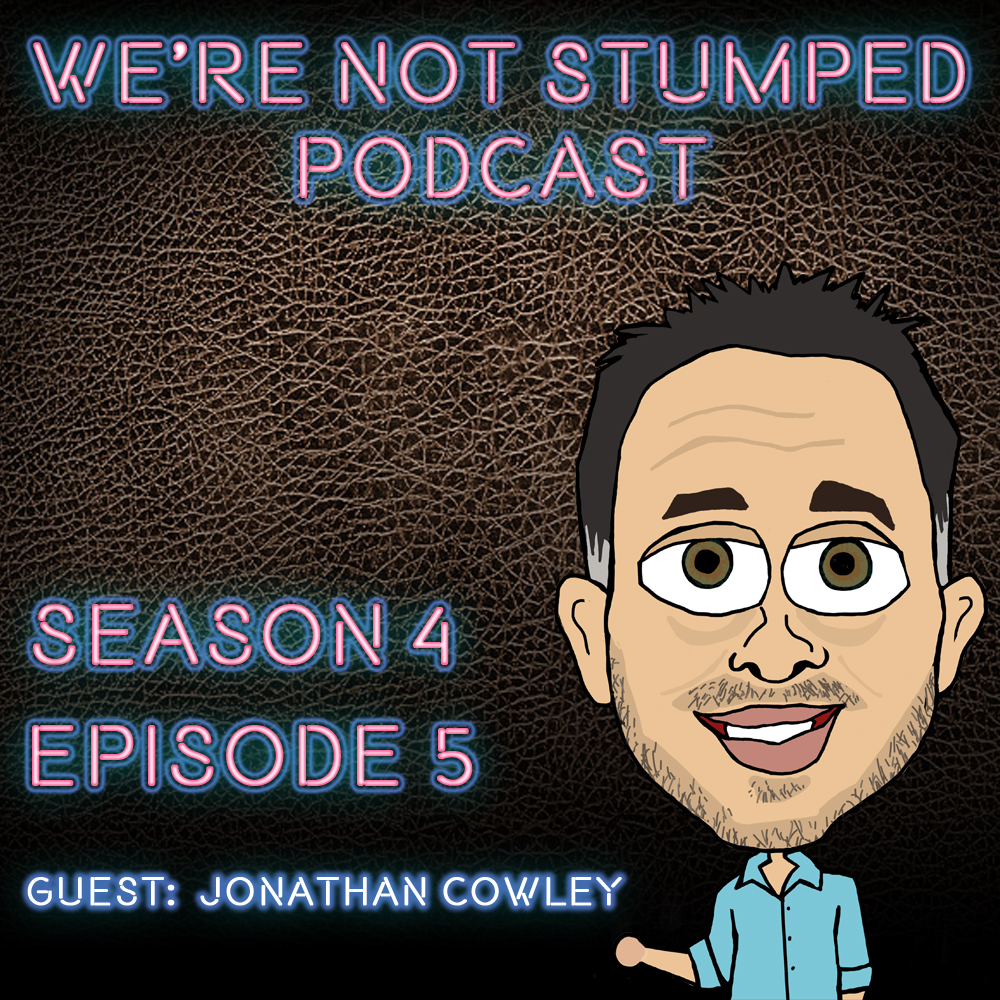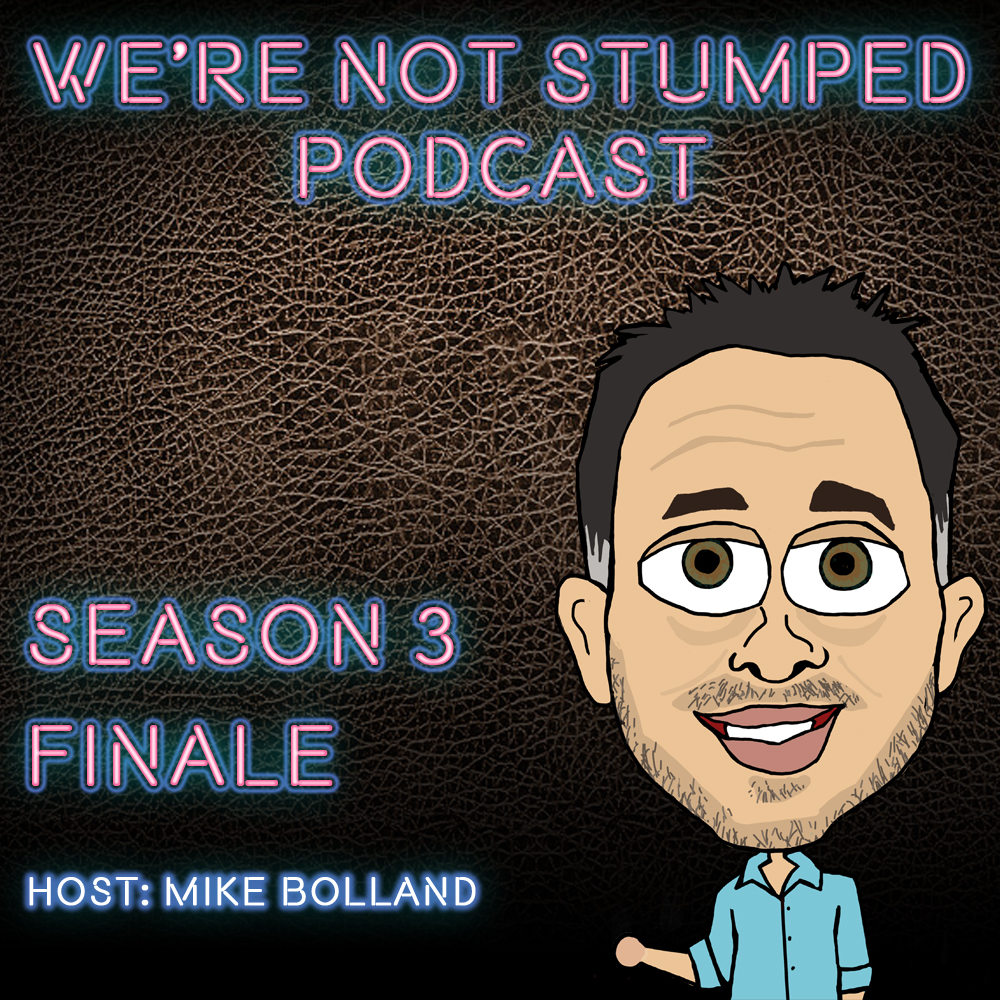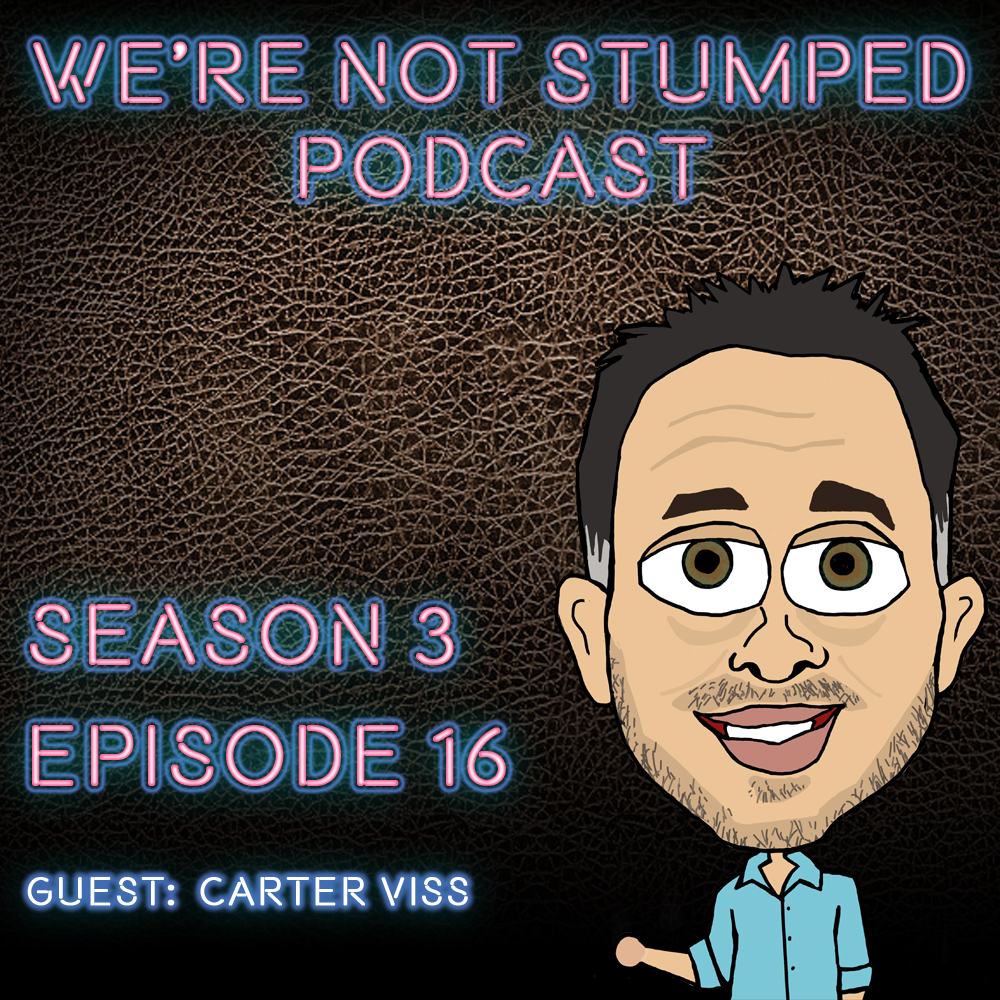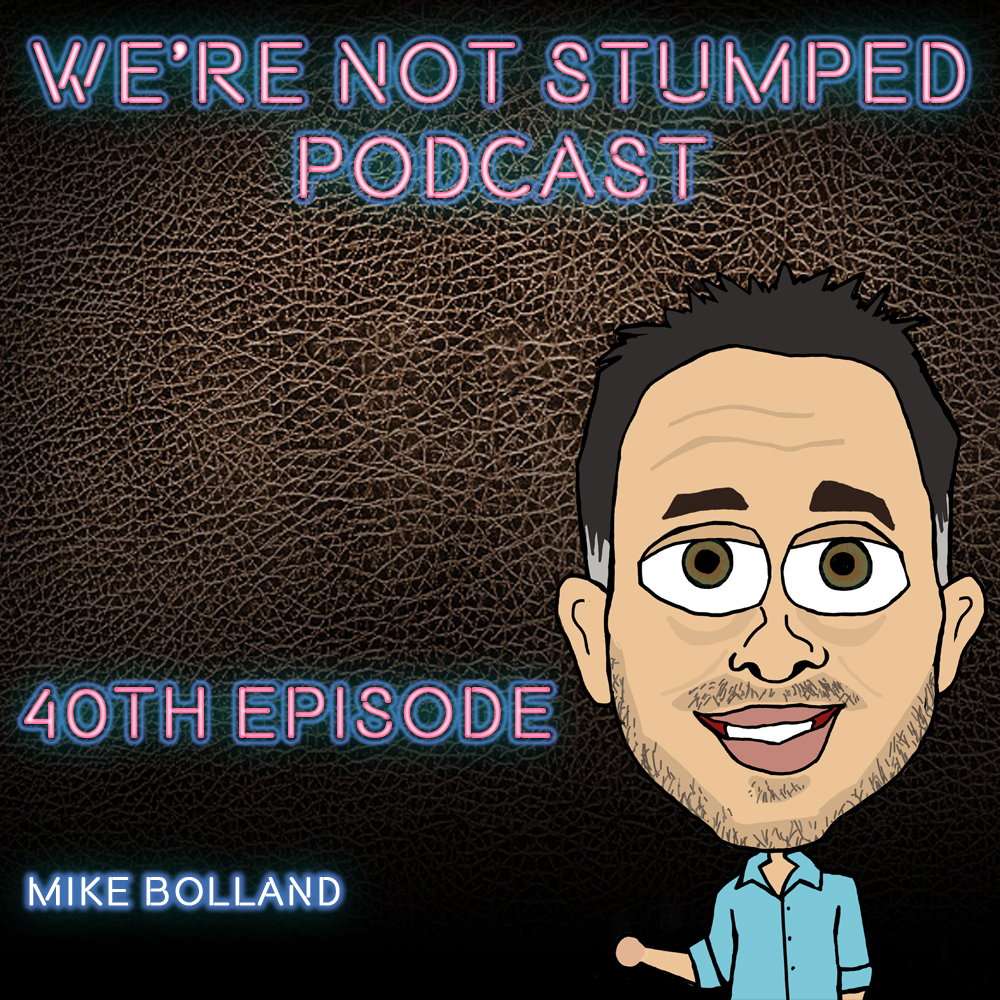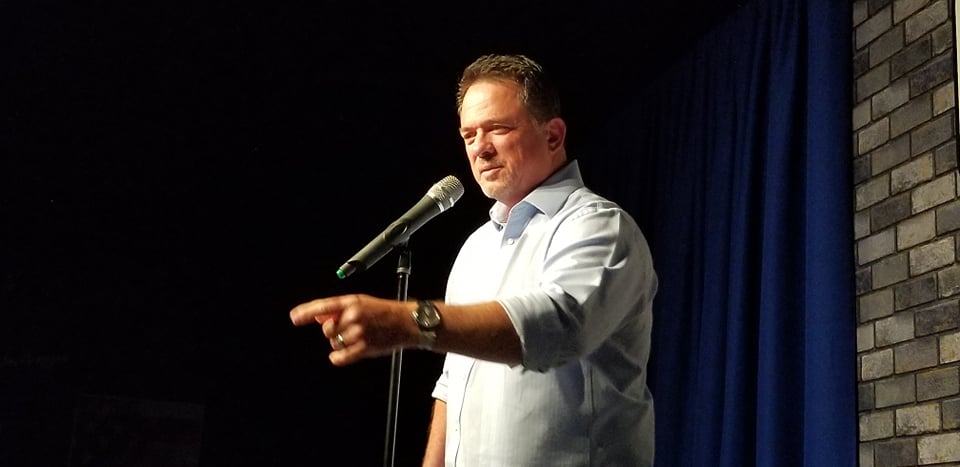Upper Limb Amputee Podcast
Right Hand Amputee Podcast with Jonathan Cowley – We’re Not Stumped
Welcome back to the “We’re Not Stumped” podcast! Host Mike Bolland introduces an exceptionally inspiring guest, Jonathan Cowley. Jonathan’s story is a profound example of resilience and determination in the face of formidable challenges. Jonathan's journey began in early 2013 when he discovered a small lump on his right hand. With a young child
We’re Not Stumped Season Three Finale With Host Mike Bolland
Season three is a wrap, and what a great season! In this season 3 finale, I give a brief overview of all this season’s episodes. I then talk about three upcoming season four episodes and my one-man show called "I'm not Stumped". Want to be considered as a guest? Fill out the form here: Contact
We’re Not Stumped, Carter Viss Upper Limb Amputee and Nonprofit Founder
Carter Viss was raised in Denver, Colorado, where his childhood was filled with adventures catching fish, reptiles, amphibians, and insects near his home. With several saltwater aquariums to his name, his affinity for aquatic life was unmistakable, a destiny perhaps hinted at by his surname, which translates to "fish" in Dutch. Pursuing his passion,
Special 40th We’re Not Stumped Congenital Upper Limb Loss Podcast with Billy Jack History
Are you a #prosthetist? Do you find vintage #prosthetics interesting? Then this special edition 40th episode of the We’re Not Stumped podcast is a must see! I will show you some of my oldies – prosthetics from a different era that I just found after many years. My starter #prosthesis, which is a rubberized
We Are Not Stumped Upper Limb Amputee Podcast – J.J. Orsak
J.J. Orsak was living a great life as he was married to his high school sweetheart, had a long time career as an electrician and celebrating a brand-new grandbaby in December 2018. But all of that changed in an instant on December 22. While doing a task he had done countless times, Mr. Orsak’s
Congenital Limb Difference Podcast Angie Sandow
My guest in this episode of the We’re Not Stumped podcast is the closest to me than any other guest I’ve had the pleasure to have on. Her name is Angie Sandow, and just like me, she was born without a right hand. What an honor to have her on! As she always does,
About Upper Limb Amputees
“Upper limb amputees” refers to individuals who have experienced the loss of one or more of their upper limbs, typically the arms and hands, due to various causes such as trauma, congenital conditions, or medical interventions (e.g., surgical amputation). Upper limb amputations can occur at different levels, and the specific terminology used to describe the level of amputation is as follows:
- Transhumeral: An amputation that occurs above the elbow joint, resulting in the loss of the entire forearm and hand.
- Elbow Disarticulation: An amputation that takes place at the elbow joint, preserving the lower arm but removing the entire hand and upper arm.
- Transradial: This type of amputation occurs below the elbow joint, resulting in the loss of the hand and part of the forearm.
- Wrist Disarticulation: An amputation that occurs at the wrist joint, preserving the lower arm and removing the hand.
- Partial Hand or Finger Amputation: In some cases, individuals may experience amputations that affect only a portion of the hand or fingers, such as the loss of one or more fingers or parts of the hand.
Upper limb amputees face unique challenges and often require customized prosthetic devices to regain functional capabilities and adapt to daily life. Prosthetic solutions for upper limb amputees can vary widely in complexity and design, depending on the level of amputation and the individual’s specific needs and goals. Rehabilitation, training, and support from healthcare professionals, including prosthetists and occupational therapists, play a crucial role in helping upper limb amputees learn to use their prosthetic limbs effectively and regain independence in various activities.

